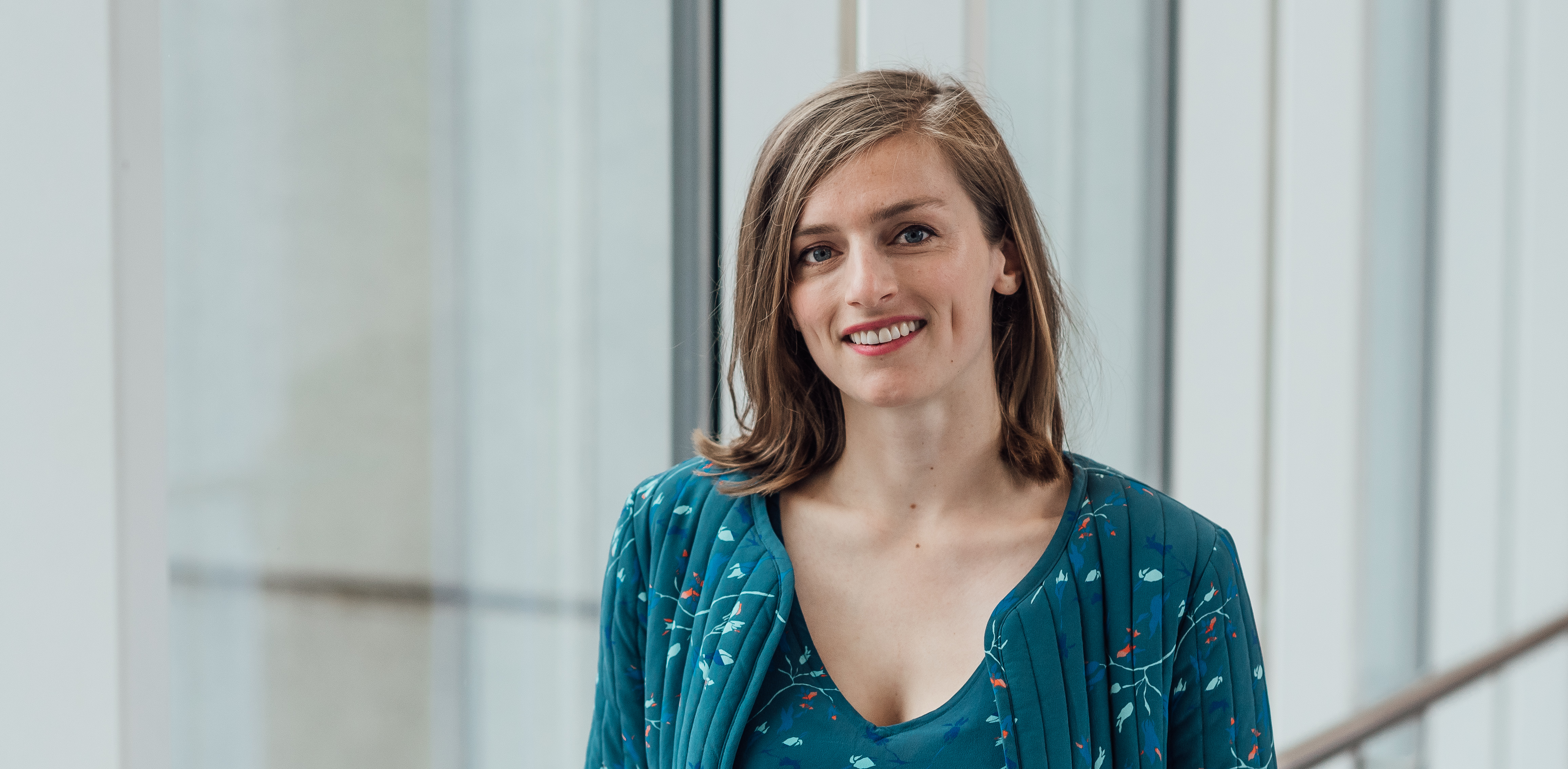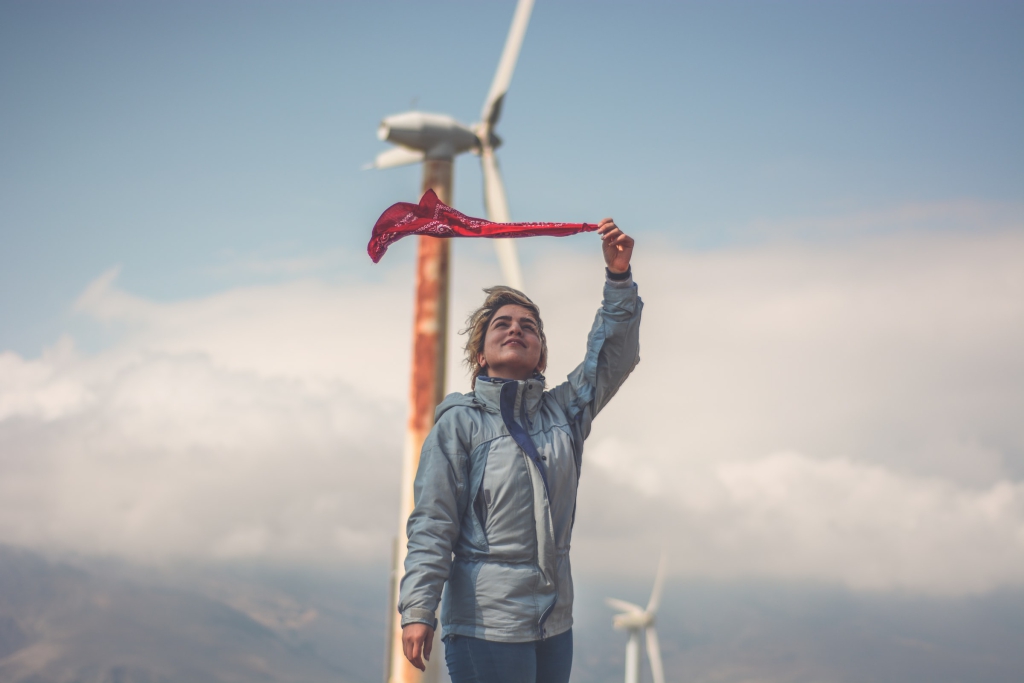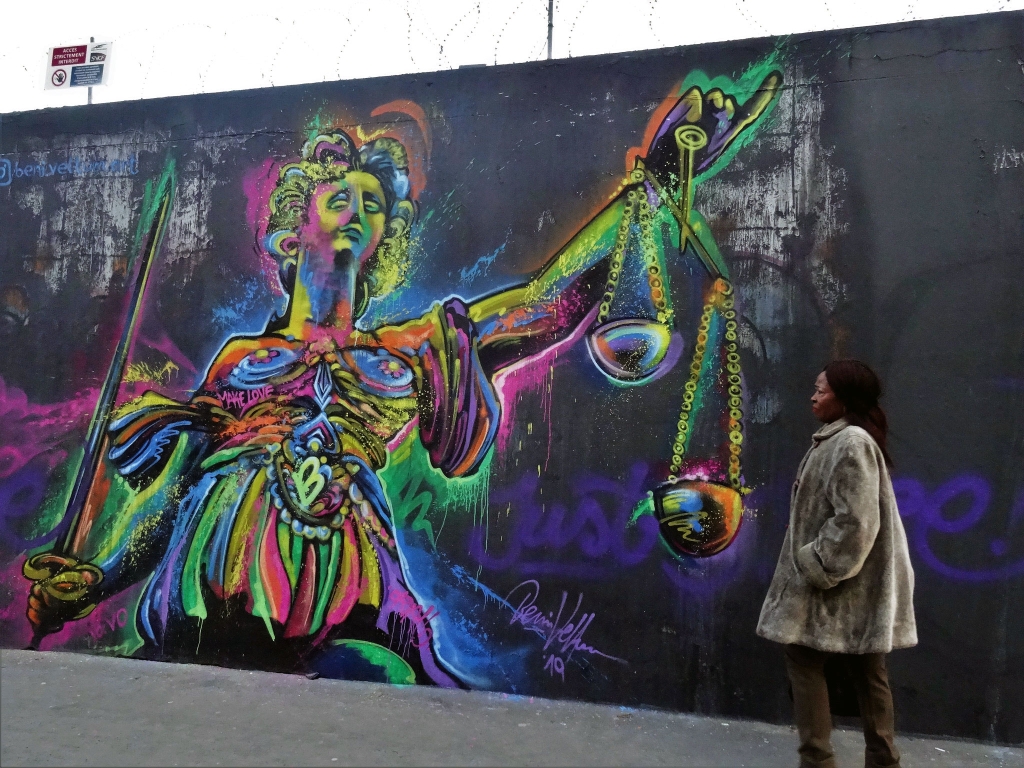Tessa de Geus has concluded her first 100 days as a transitions researcher at DRIFT. Over the last few months, she has used her fresh perspective to ask as many questions as possible about transition studies. In this short series she addresses three questions that stand out. You’re reading blog #1: How a performance by the King’s College Choir and a victory speech by a Dutch right-wing politician triggered a reflection on tradition and community.
In April, I visited Cambridge for the kick off of one of my projects, Energy-SHIFTS. After a day of meetings, I was able to attend the King’s College Choir evensong in the halls of the historic chapel. Not being religious myself, it had been a long time since I had been part of such a service.
While listening to the harmonies of the choir, I experienced a sense of comfort in being taken into a tradition, if only for a short moment. A tradition with a past that stretches long before me and a purpose that transcends the everyday chaos that can sometimes feel completely pointless. As the evensong ended with a prayer for the victims of the attacks in Sri Lanka, I reflected on how this religion has had thousands of years to develop its liturgy. It has perfected its rites and rituals, music, architecture, story-telling, to have you experience a sense of belonging.
It has perfected its rites and rituals, music, architecture, story-telling, to have you experience a sense of belonging.
Transition studies, the academic discipline from which DRIFT was founded, is built on an array of frameworks and studies which explore how societal transitions unfold. It considers how transitions might be accelerated or supported, for instance in the case of the sustainability transition. Quintessentially, transition studies deals with larger than life questions such as what it means to be human, and as such, what a just and sustainable society might look like. Each one of these questions concern the issue of belonging. Related to my experience in Cambridge however, I realised that I had not yet seen much work delving into the role of traditions and community in transitions. Could studying the rites and rituals of religion shed light on this question?
Treacherous terrain
Hardly one month into my contract at DRIFT, I learned that linking transition to religion is treacherous terrain. In March, after winning the Dutch provincial elections, right-wing politician Thierry Baudet proclaimed how elites are allegedly conspiring ‘climate heresy’ as part of a new religion. Windmills and solar panels would serve as “religious sacrifices to the altar of a deity called transition” (see the full text here, in Dutch). Baudet framed the sustainability transition as religion rather than science, denying the global scientific consensus on climate change.
Hardly one month into my contract at DRIFT, I learned that linking transition to religion is treacherous terrain.’
Linking the sustainability transition to religion indeed might be rhetorically strategic for populist leaders who oppose the shift to a sustainable society. It recalls images of unscientific dogmas and indoctrination. Unmistakably, religion and the sustainability transition differ greatly, first and foremost in the latters’ scientific foundation and democratic potential.
Nevertheless, I wonder whether such political framings have caused transition scholars to shy away from studying the differences as well as similarities more closely. Namely, if we are transitioning into a society with a new status quo, establishing rites and rituals for creating a sense of community, purpose and belonging will be inevitable.
A sense of belonging
Progress and traditions used to seem mutually exclusive to me. However, it increasingly dawned on me that we need to account for the appeal traditions have on us as Homo sapiens. It provides us with a sense of a community and sanctuary.
We need to acknowledge what purpose religion serves in terms of our innate desire for stability, particularly in times of change.
In her recent interview in a Dutch newspaper, emeritus professor in sociology Christien Brinkgreve, Brinkgreve stated: “My generation for long has had the idea that we were liberated from religion, the paternalism of pillarization (…), that it was merely positive. What we did not realise, is that with that, we also lost our foothold.” Brinkgreve makes an important point: we need to acknowledge what purpose religion serves in terms of our innate desire for stability, particularly in times of change.In June, Kanye West reminded me of this again, in his interview with David Letterman as released on Netflix. He explained how the art works of James Turrell inspired him to include particular light plans in his production of the Sunday service, as a way to create a sense of calm (see a clip here). Was West inventing a new tradition?
Linking tradition to transition
So what happens if we link this notion to one of the main anchors of transition studies, the X-curve (Figure 1)? Simply put, the X-curve describes the different phases societies go through in transitions: as new practices and inventions emerge and eventually institutionalise (bottom left to top right), old practices destabilise and fade out (top left to bottom right). How do we anticipate fostering communities in times of destabilisation? What are ‘fossil traditions’ associated with today that might be replaced by new ones? Where do we see new cultural traditions, rites and rituals emerging? What are the rites and rituals that will provide us a sense of belonging in a new age?
Where do we see new cultural traditions, rites and rituals emerging?
What could constitute such traditions will be a figment of our collective imagination. To study traditions in transitions, we can build on a rich body of knowledge within anthropology. For instance, by studying the phases of rites of passage, a concept coined by Arnold van Gennep in 1909, we can learn about how rituals share common phases of separation (pre-liminal), transition (liminal), and incorporation (post-liminal). Furthermore, we can reflect on the work of authors who place community and civic life in the center of future visions, such as George Monbiot in his Politics of Belonging.
At DRIFT, I aim to explore how to experiment with new traditions and notions of community, for instance through processes of transition management. If you have examples of developing or studying traditions and community in the sustainability transition, I would love to hear about it. I’m convinced that dealing with the role of community and traditions might be one of the most important nuts to crack for transition studies in the years to come.



